Rising Demand in Energy Sector
The Molybdenum Disulfide Market (MoS2) Market is poised for growth, particularly due to the rising demand in the energy sector. MoS2 is increasingly utilized in the production of catalysts for hydrodesulfurization processes, which are essential for refining crude oil into cleaner fuels. As countries implement stricter environmental regulations, the need for efficient catalysts has surged, thereby driving the demand for MoS2. Furthermore, the transition towards renewable energy sources, such as solar and wind, is likely to create additional opportunities for MoS2 applications in energy storage systems. Market projections indicate that the energy sector could significantly influence the MoS2 market, with potential growth rates exceeding 5% annually over the next few years.
Growth in the Lubricants Market
The Molybdenum Disulfide Market (MoS2) Market is closely linked to the growth of the lubricants market. MoS2 is widely recognized for its superior lubricating properties, making it a preferred additive in various lubricant formulations. The increasing demand for high-performance lubricants in automotive and industrial applications is driving the need for MoS2. As manufacturers seek to enhance the performance and longevity of their products, the incorporation of MoS2 is becoming more prevalent. Recent market analyses indicate that the lubricants segment could account for a substantial share of the MoS2 market, with projections suggesting a growth rate of approximately 6% annually over the next five years.
Emerging Markets and Industrialization
The Molybdenum Disulfide Market (MoS2) Market is witnessing growth fueled by industrialization in emerging markets. As countries develop their manufacturing capabilities, the demand for high-performance materials, including MoS2, is on the rise. Industries such as automotive, aerospace, and electronics are increasingly adopting MoS2 for its unique properties. The expansion of manufacturing facilities in regions with burgeoning economies is likely to create a robust demand for MoS2. Market forecasts indicate that emerging markets could contribute significantly to the overall growth of the MoS2 market, with potential increases in demand projected to reach double digits in certain regions over the next few years.
Increasing Applications in Aerospace Industry
The Molybdenum Disulfide Market (MoS2) Market is experiencing a notable surge in demand due to its increasing applications in the aerospace sector. MoS2 is recognized for its exceptional lubricating properties, which are critical in high-performance aerospace components. The material's ability to withstand extreme temperatures and pressures makes it an ideal choice for various aerospace applications, including bearings, gears, and other moving parts. As the aerospace industry continues to expand, driven by advancements in technology and rising air travel, the demand for high-performance materials like MoS2 is expected to grow. Recent estimates suggest that the aerospace sector could account for a significant portion of the MoS2 market, potentially reaching a valuation of several million dollars by the end of the decade.
Technological Advancements in Material Science
The Molybdenum Disulfide Market (MoS2) Market is benefiting from rapid technological advancements in material science. Innovations in nanotechnology and material engineering have led to the development of new MoS2-based composites that exhibit enhanced properties, such as improved strength and thermal stability. These advancements are opening new avenues for MoS2 applications across various industries, including electronics, automotive, and manufacturing. As research continues to unveil the potential of MoS2 in advanced applications, the market is likely to witness a surge in demand. Analysts suggest that the integration of MoS2 in cutting-edge technologies could lead to a market expansion, with estimates indicating a potential increase in market size by over 10% in the coming years.



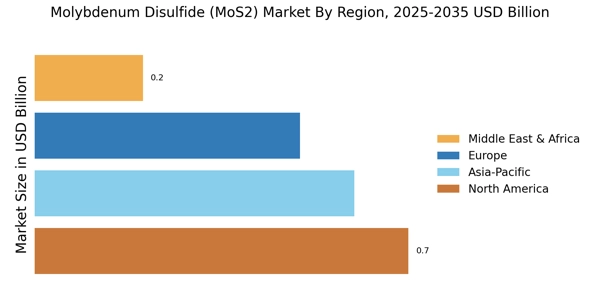
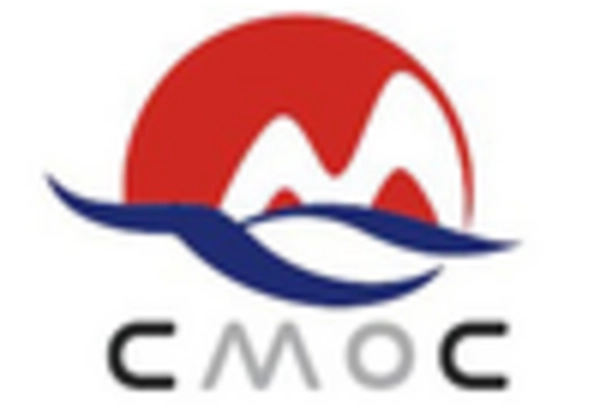
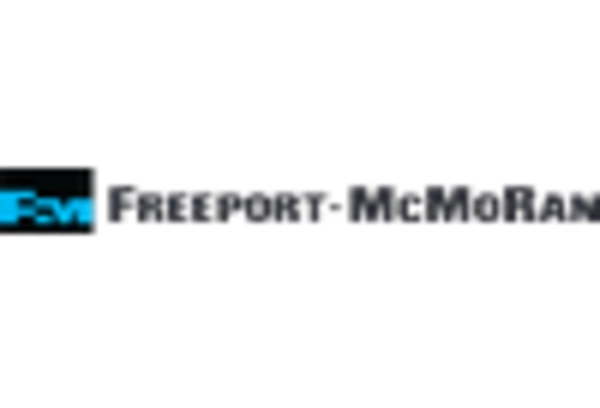
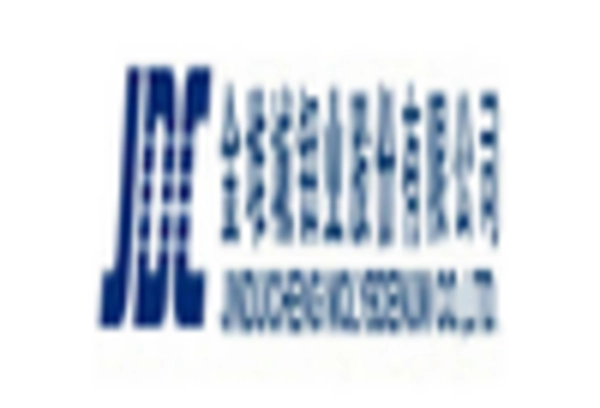
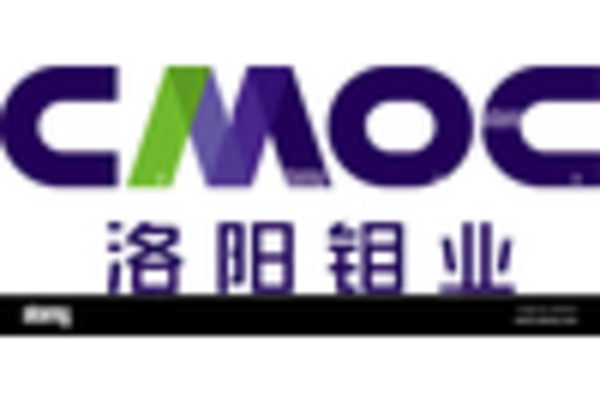
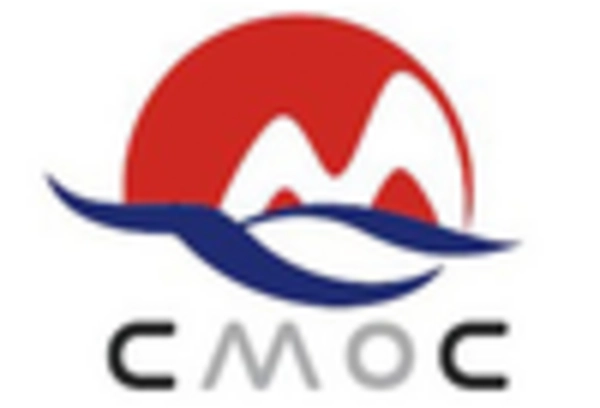
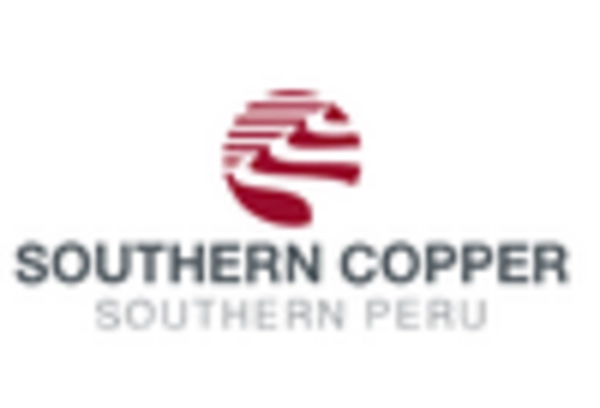
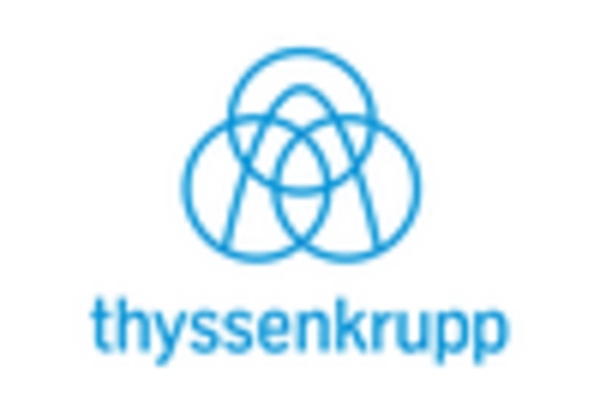








Leave a Comment